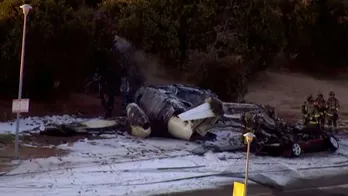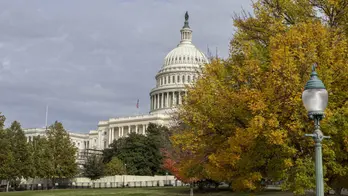Facing water shortages, Arizona will curtail some new development around Phoenix
A new report from the state of Arizona predicts severe groundwater shortages in the Phoenix area. Water regulators say that will lead to the curtailment of some new development permits.
The new assessment shows there will be a major shortage of groundwater in the next century — a deficit on the order of 4.6 million acre feet of water over the next 100 years. One acre foot is generally thought of as the amount of water a typical household uses in a year. Regulators went on to indicate that means no new development approvals in the sprawling Phoenix metropolitan area — home to 4.6 million people — unless they can provide water from elsewhere.
The report's release is not necessarily a surprise and it won't affect most development in greater Phoenix that's already been approved under the state's strict water laws, according to experts at the Kyle Center for Water Policy at Arizona State University. The city itself is assuring residents that its supplies are stable and sustainable.
Nevertheless, the long term impacts of the new policy could be wide reaching. It essentially means the state will put the brakes on any new subdivision proposals in suburban and unincorporated areas.
As water deliveries from the drought stricken Colorado River have been cut recently, many Arizona cities and suburbs have turned to their groundwater supplies. There has been growing pressure in recent months on Arizona Gov. Katie Hobbs and other state leaders to cap growth in the metro area as a 23-year megadrought persists in the West.
"The Colorado River could run dry. If that isn't a wake up call to Arizona, I don't know what is," said Karin Nabity, a water activist, in an interview with NPR earlier this year.
Last month, Arizona along with California and Nevada brokered a conservation deal to keep 3 million acre-feet of water in the Colorado River for the next three years. Experts say it's a good start, but more intense conservation efforts across the region will be needed.
"We have a long long ways to go to get the river system with a sustainable use pattern consistent with this ever decreasing amount of run off in the basin," says Jack Schmidt, director of the Center for Colorado River Studies at Utah State University.
Disclaimer: The copyright of this article belongs to the original author. Reposting this article is solely for the purpose of information dissemination and does not constitute any investment advice. If there is any infringement, please contact us immediately. We will make corrections or deletions as necessary. Thank you.







